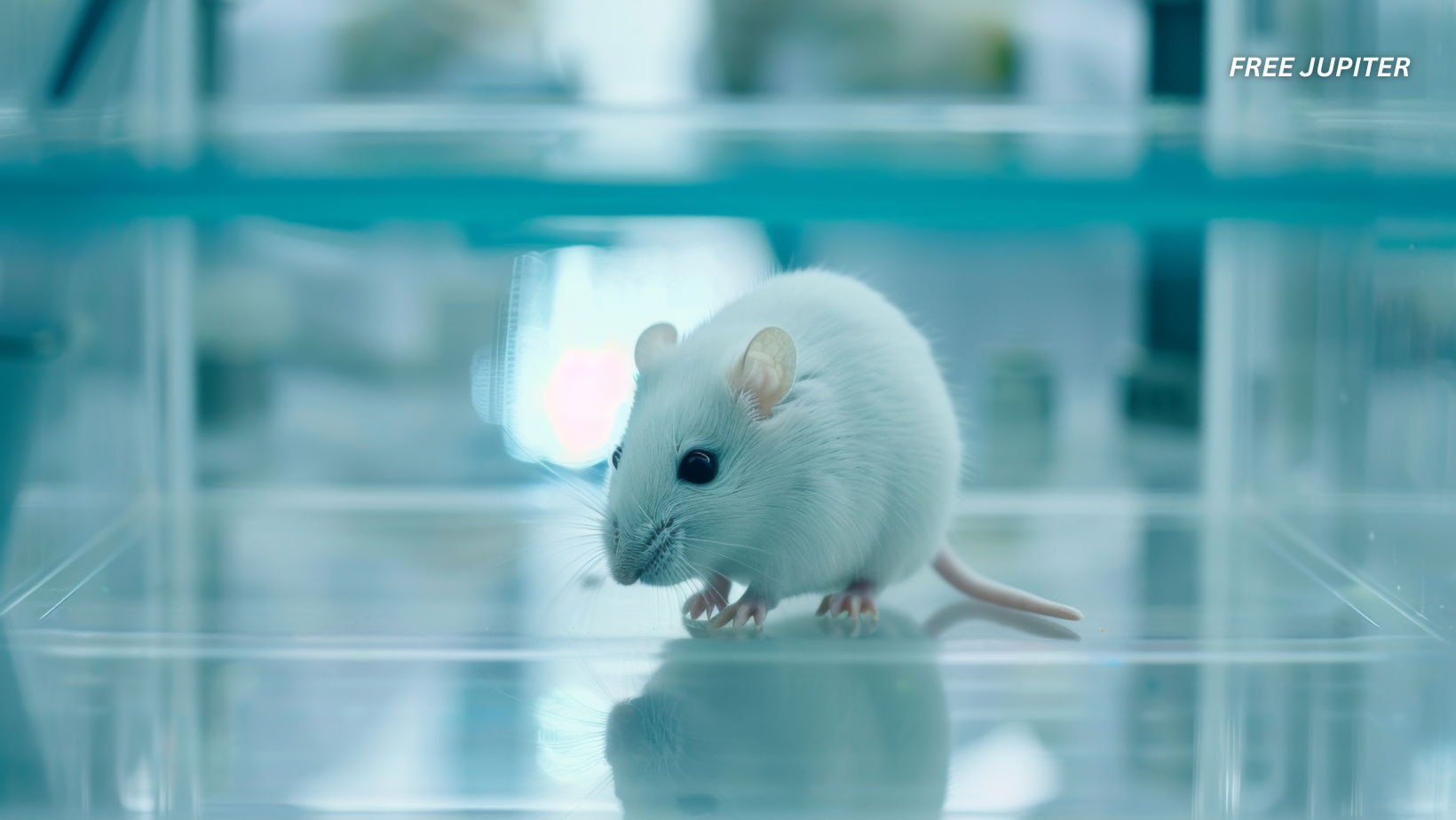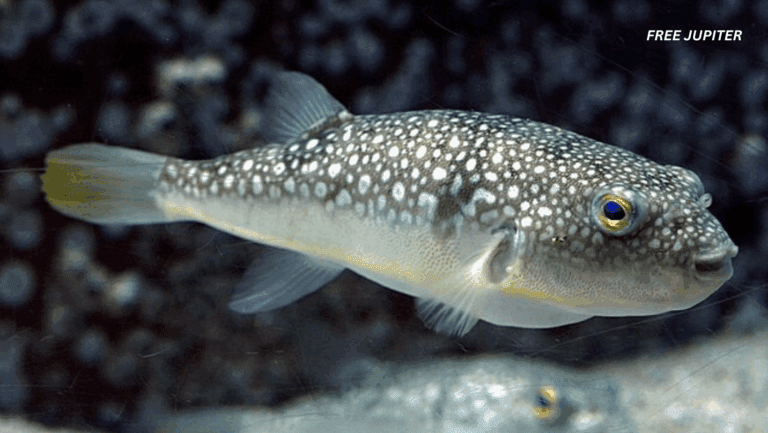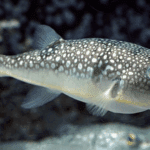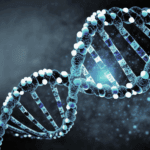In what sounds like a plot twist from a futuristic novel, scientists have done something that once seemed biologically impossible: they’ve created baby mice with two fathers—no mother required. Even more astonishing? These mice weren’t just living, breathing flukes. They were fertile, healthy, and capable of having children of their own. While we’re still galaxies away from applying this technique to humans, this scientific milestone is reshaping how we think about reproduction.
So, how exactly does one go about making a baby without a mom? The answer lies in a complex interplay of sperm, cutting-edge genetic tools, and a dash of biological alchemy.
Let’s Talk About the Breakthrough
At the heart of this research is Dr. Yanchang Wei and his team at Shanghai Jiao Tong University in China. Their bold experiment started with two sperm cells—both from male mice. These were inserted into an egg cell that had its nucleus (which holds most of the genetic material) carefully removed, turning it into something like an empty shell.
But that’s just the warm-up act.
To actually get the sperm-derived embryo to do something—like divide, grow, and become a living creature—the team had to dive into the world of epigenetics, which governs how our genes are turned on and off.
They edited seven specific regions of DNA using a modified version of CRISPR (the powerful gene-editing tool you might have heard about). But instead of cutting the DNA, this version simply changed the “post-it notes” on it—chemical tags that tell cells how to behave. Think of it as whispering new instructions into the genes without rewriting the book.
Out of 259 modified embryos, only two made it to adulthood. While that might not sound impressive, in the world of developmental biology, it’s like hitting a bullseye blindfolded.
Even better? Both male mice went on to father their own pups through natural mating—proving that they were not just scientific curiosities, but fully functional, healthy animals.
The Trouble With Imprinting: Why This is So Difficult
Now, here’s where things get tricky. You might wonder—why can’t we just combine two sperm cells and make a baby whenever we want?
It all comes down to something called genomic imprinting. This is a fascinating (and frustrating) biological rule that says some genes need to come from the mother, while others have to come from the father. If both copies of a gene come from the same parent, weird things happen—like genes being silenced completely or going into overdrive.
In nature, this is a safeguard. It ensures balanced development, keeping certain genes in check. But it also means that simply mashing together two sets of “dad DNA” won’t work unless you first rewire those imprinting instructions. Otherwise, you’ll end up with embryos that can’t survive—or worse, develop incorrectly.
This imprinting is why two-mother offspring were achieved long before two-dad ones. Back in 2004, scientists introduced Kaguya, the first mouse with two moms. But she had to be genetically modified in invasive ways. More recently, in 2022, the same Dr. Wei and his team found a gentler workaround using epigenome editing rather than full-blown DNA hacking.
That same method is what they used here for the father-father duo.
Read more: Liver Damage Linked to Supplement Use Is Surging, Sparking Scientific Alarm
CRISPR: Not Just for Gene Editing Anymore
You’ve probably heard CRISPR described as molecular scissors for DNA. But in this experiment, scientists didn’t use it to cut anything. Instead, they used a CRISPR variant designed to act like a smart highlighter.
When CRISPR finds a particular DNA address, it doesn’t change the letters—it just adds or erases chemical marks called epigenetic labels. These marks control how genes behave, kind of like dimmer switches for lights. You don’t change the bulb—you just adjust how bright it shines.
This approach is key for two reasons:
- It doesn’t permanently alter the DNA.
- It mimics how nature labels genes during normal reproduction.
Because it’s more reversible and subtle, this method might one day offer a safer path to helping same-sex couples have genetic children—at least in theory.
Why This Isn’t Coming to a Fertility Clinic Near You (Yet)
Despite the headline-making success, we’re nowhere near turning this science into a real-world option for people. The current process is wildly inefficient and ethically thorny.
Let’s break it down:
- Success Rate: Two adult mice out of 259 embryos. That’s less than 1%. Not great odds, especially when human lives are on the line.
- Egg and Surrogate Supply: Producing one viable mouse required implanting hundreds of embryos into surrogate mothers. Replicating this in humans would require a massive and ethically dubious number of egg donors and surrogates.
- Chromosome Roulette: When combining two sperm cells, some embryos end up with two Y chromosomes. These can’t form a viable fetus. Others may inherit harmful gene imbalances due to the imprinting problem we mentioned.
- Unknown Long-Term Effects: We still don’t fully understand what unintended consequences might come from reprogramming the epigenome, even if no DNA is directly altered.
Christophe Galichet of the Sainsbury Wellcome Centre in the UK summed it up best: while the science is exciting, applying it to humans is still “unthinkable” due to ethical, practical, and biological concerns.
Read more: Liver Damage Linked to Supplement Use Is Surging, Sparking Scientific Alarm
More Than One Way to Make a Baby
Interestingly, this isn’t the only method scientists are exploring to create same-sex offspring. In 2023, researchers in Japan used a completely different approach: turning stem cells from male mice into egg-like cells. That’s right—male-derived eggs.
They were able to produce mouse pups with two fathers using this technique, too. But it’s still unclear how healthy these pups were or whether they survived to adulthood. Plus, no one has yet succeeded in making human egg cells from stem cells.
The Hidden Third Parent: Mitochondrial DNA
Even in this two-dad experiment, there’s technically a third genetic contributor: the egg donor. Although her nucleus was removed, the egg still contains mitochondria—tiny power generators in cells that come with their own miniature stash of DNA.
So if this technique were ever adapted for humans, the resulting child would actually carry genetic material from three people: both fathers and the woman who donated the egg shell. These are often referred to as “three-parent babies,” and they’ve already sparked lively ethical debates in recent years.
Read more: Your Brain Is Still Feeling the Impact Of The Sleep You Got Two Weeks Ago, Science Says
What’s Next?
Dr. Wei’s team believes they can improve the method by editing more epigenetic sites and figuring out which ones matter most in humans. If they can crack that code, we might one day see a world where same-sex couples can have biological children without needing donors of the opposite sex.
But we’re not there yet. For now, this research remains a fascinating glimpse into what might be possible in the far future—not a how-to guide for human reproduction.
Still, as Dr. Helen O’Neill from University College London put it: “It confirms that genomic imprinting is the main barrier to uniparental reproduction in mammals—and shows that it can be overcome.”
The dream is alive. The science is real. The timeline? That part’s still murky.










